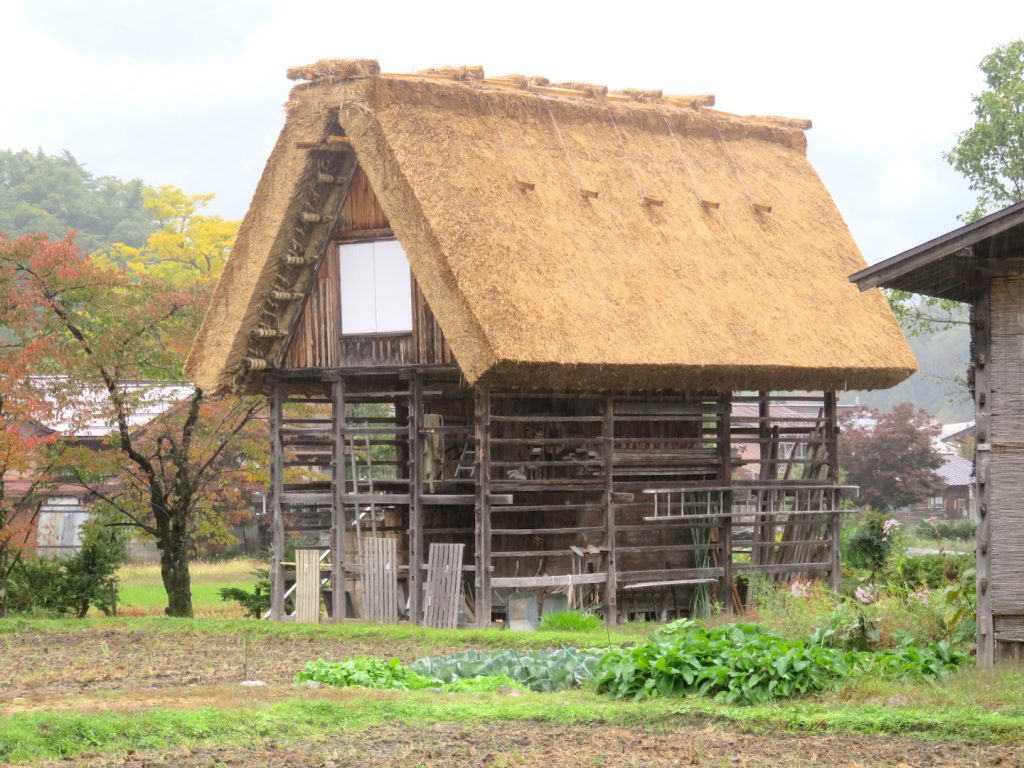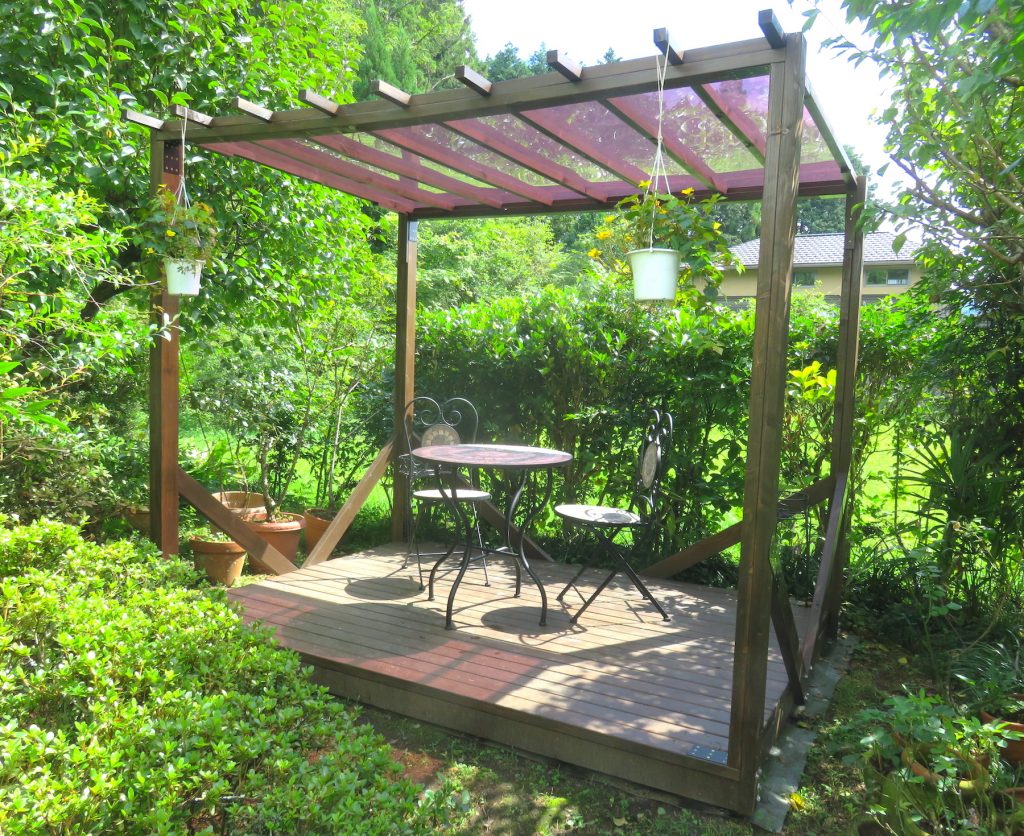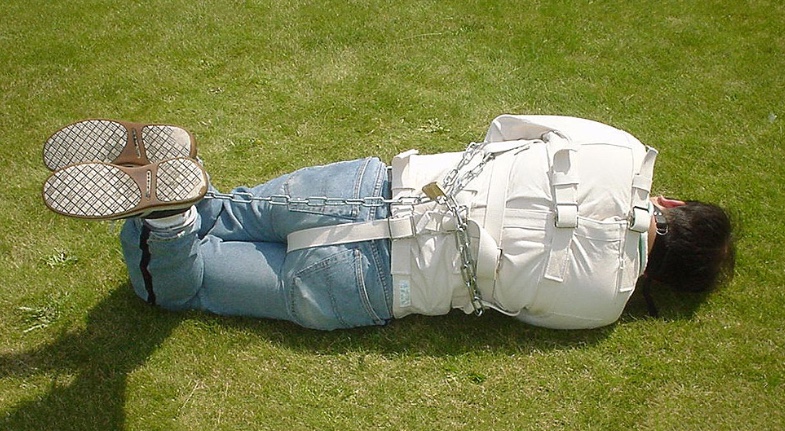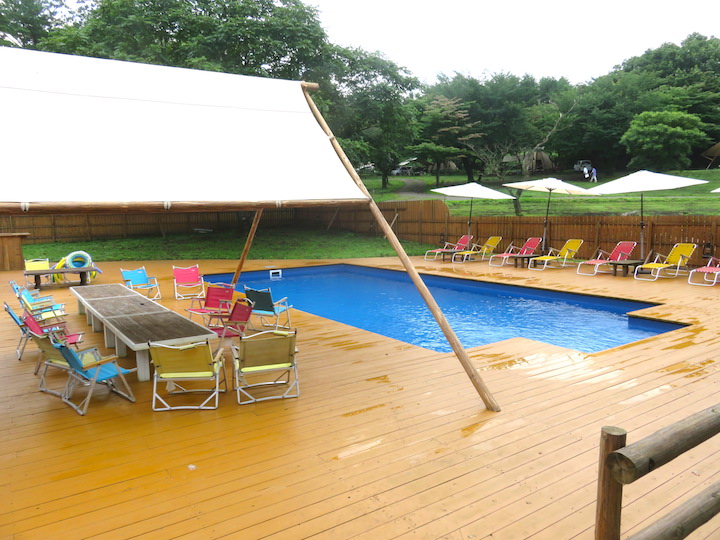My insanely weird short story “Outside the Box” is featured in the most recent anthology from SCARS Publication. Apparently they liked it, since they named the entire collection after it.
It’s written in the first person, very unusual for me. I’m not sure why but I typically feel more comfortable writing in the third person.
I can’t say what inspired it. I’m not using hallucinogenic drugs. As it says on the back cover of my book on life here in Japan, which will be out early next year, I feel like I’m living in a fairy tale. Other than the complete disintegration of my homeland, the prospects that climate change will make the Earth uninhabitable, the class warfare being waged on the vast majority of us by the sociopathic ultra-wealthy — which apparently now even includes mass extermination to “cull the herd” — and what is increasingly looking more than likely, the annihilation of all life on the planet via a nuclear war, I’m as happy as a butterfly in spring on Bora Bora.
Here’s the real skinny on “Outside The Box” . . .
This is how my brain sometimes works. I make no excuses, offer no apologies, and certainly lose no sleep.
Celebrate it, condemn it, put out a call for intervention or institutionalization, whatever floats your boat . . . it’s what I do.
It’s what I like to do!
While I recommend you buy the anthology itself, if for no other reason than supporting independent publishers like this seems like a good idea and truth is there are some other great pieces in this collection, I’ll save you a few dollars. Yes, you can read my story below.
Have fun with it! Or skip it and go rollerblading. Your choice.
_____________________________________________________________
OUTSIDE THE BOX
I was surprised how
easy it was to find the grave, and that it was unguarded.
I dug up the body,
dragged it to just the right spot.
Then I kicked the
shit out of Hunter S. Thompson.
He didn’t stand a
chance. I punched, pounded, kicked, scratched, twisted his limbs, applying the
most excruciatingly painful wrestling moves.
I kept this up
until I literally fell over from exhaustion.
After resting a
while, I rolled Thompson back into the grave, then shoveled the dirt back over
him and left.
Of course, no one could know. And without it being public knowledge, I wasn’t sure exactly what advantage my cathartic corpse thrashing might achieve.
I guess I was
thinking more spiritually – you know, big picture.
And let’s face it.
We really don’t know how these things work. Sometimes we just have to let fly
and hope for the best.
I have always felt
a strong connection with Hunter S. Thompson. Especially when I was vomiting
from too much to drink.
But it was deeper
than just binge camaraderie.
I could feel his
giddy acid in my veins. I guess my arteries too. I can’t imagine him without a
sneer. And I can’t stop sneering.
So what was with
the need for my posthumous pugilism?
Simple. The old
bastard was becoming a thorn in my side. Holding me back. He was like having a
brother with elephantitus. Or a sister who fucked the whole football team.
I didn’t stand a
chance. My karma was like belly button lint in an ancient mummy.
People didn’t
ignore me. To ignore someone, you have to know they exist.
Luckily I figured
out exactly what had to be done.
I needed to settle
the score. Level the playing field. Credit where credit is due.
I needed to beat
the shit out of Hunter S. Thompson.
Think I’m crazy,
right?
Well, suck on this:
It worked!
It was like the
Beatles … the fall of the Berlin Wall … MTV … 911 … Trump.
Everything changed!
Well, for me
personally it did anyway.
I stopped at the
dry cleaners to pick up my laundry. A shirt and a beach towel. I gave the lady
a ten. She gave me change for a twenty. I kept it. Not my problem.
I noticed in my
rear view mirror I looked conspicuously more handsome than usual. Others
noticed too. A pretty girl, maybe mid-20s, pulled up next to me at a stop
light. She looked over, smiled, winked, then made a jacking-off motion with her
free hand. A come on. I just laughed. I would have loved to but too many STDs
around these days. Never know where something like a simple hand job might
lead.
Then I got a text
message. Aunt Elizabeth – poor old soul – finally kicked the bucket. We’d been
waiting forever. I already knew I had over $23,000 coming to me from the
long-past-her-expiration-date spinster. She’d been in the hospital for over a
year-and-a-half. What a relief!
The real
game-changers were in the inbox of my gmail account. I could see on my iPhone I
had messages but waited to read them on my computer at home.
Holy shit!
Three literary
agents were interested in my novel, 50
Shades of Pubic Hair. They even attached contracts to their messages.
Granted, I have
much better novels than this gratuitous piece of garbage. But you go with the
flow. Maybe a little commercial success would grease the skids for next year’s
Booker or maybe even Pulitzer.
I’ll skip all the
rest of the glory details for now. It’ll just make whoever is reading this
envious.
Besides, I’m
running a little late. I’m speaking tonight at the Washington Press Club comedy
roast of Julian Assange.
Never saw that
coming. But why not?
All thanks to you,
Hunter S. Thompson. And my taking charge of the situation.
Sorry about caving
in your eyeball socket. Not that it should matter.
You were never much
one for glamor and glitz.
Never a member of
the glitterati.
Me neither.
















































Life In Japan: Silver-san, aka Jinzai Centers
I keep saying that every day brings new surprises and discoveries. I credit my brilliant wife Masumi with bringing to my attention this fascinating item.
Jinzai — 人材 — means human resources. But Jinzai Centers and their silver-san workers are a very special feature of life here in Japan.
‘Silver-san’ refers to workers who are over 65. They have retired from the jobs they held over the years but want to keep working. Often it’s just wanting to attempt something new, something completely different from what they did most of their lives. Jinzai Centers offer training and then assistance at finding employment for these folks. Working as a silver-san provides new challenges, allowing seniors to learn and apply skills they may have had an interest in over the years but never had the time to pursue.
Here is a partial list of silver-san jobs: tree trimming, gardening, accounting, carpentry, child care, single parent support, cooking and baking, shopping (for those who are house bound or physically unable to), home repair and maintenance, shopkeeping, the entire range of computer-related activities, vacation home care, agriculture, animal husbandry, maternity and newborn support.
This is not usually about money. Pensions here are typically quite adequate. Japanese people — in contrast to many in the West — just don’t like sitting around. They prefer to keep active. Staying busy, both physically and mentally, contributes to overall health, optimism, sense of value, and is likely a significant factor in the longevity of the Japanese. Life expectancy in Japan is 84.6 years — 81.25 for men, 87.32 for women — contrasted with 72.6 years for the entire world.
One thing for sure. These older workers are not stealing jobs from younger folks. Japan has a shrinking population. Thus there is increasingly a shortage of hands on deck, and jobs often remain unfilled waiting for someone to come along with the right set of skills.
Incidentally, more than 29% of the population here is over 65.
I fit right in!